Many traders focus on the broker aspect when avoiding scams. They don't realize that such frauds could also happen on the MetaTrader platform.
MetaTrader is the most popular trading platform in the world in which the majority of traders use it to trade forex and other CFD assets. Developed by MetaQuotes, the platform offers versatile features with beginner-friendly interface and reliable performance for analysis and execution.
However, there are fake MetaTrader cases almost every year that are quite concerning. Those who fell to this scheme lose all of their trading funds in an instant. Losing funds is just one risk, but your personal data can also be sold out there.
To avoid being scammed, it is important for you to identify the real MetaTrader and recognize the fake one. Some of the main aspects require you to:
- Check the platform updates
- Check the connection to the real financial market
- Check the credibility of the broker
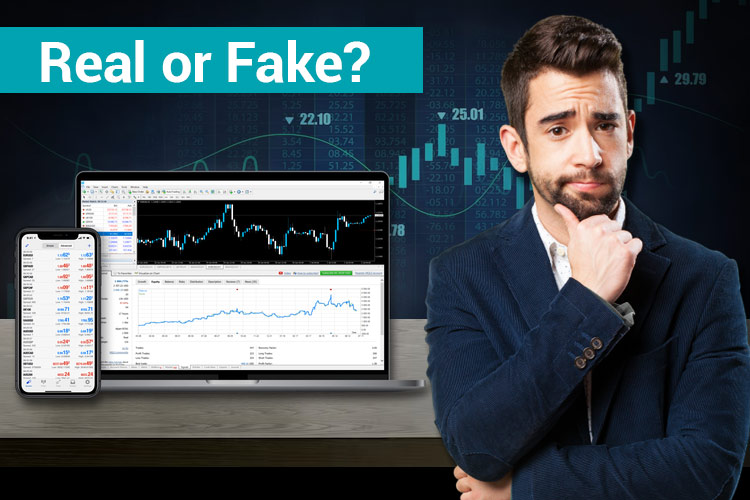
Most traders do not know the difference between fake and real MetaTrader because they appear identical. It should be noted that recognizing the real MetaTrader is more than just using the copyrighted version. As such, here are some ways to identify fake MetaTrader scams:
No Updates
In order to improve the stability and reliability of the trading platform, MetaQuotes frequently launch regular updates. They can cover user experience improvements, bug fixings, and function enhancements. None of these updates will be found in fake MetaTrader.
Since the fake MetaTrader is not an original product, it would not get the same updates as the real one. Important updates that often influence the platform's performance would not be implemented, so there would be glitches and problems once the fake MetaTrader officially becomes outdated. Such a situation could lead the fake platform to easily lose connection with the server, have problems in executing trades, and is prone to hacking risks. In the end, all of these will harm you as a trader.
Not Connected to the Real Market
Any trading platform, including MetaTrader, must connect you to the interbank market. It is where prices are formed and where the transactions of market participants take place, which results in a price feed and allows you to place orders.
At first glance, you will only see MetaTrader as a platform that can be operated on desktop and mobile. However, behind it, there is a fairly complex network. MetaTrader is connected in such a way to other parts, such as the data center, watchdog, administrator, manager (broker), report server, gateway to liquidity providers, data feeds, and back-office API. However, this complex architecture only exists in real MetaTrader.
Fake MetaTrader cannot be directly connected to the ECN bridge, so brokers cannot access the interbank forex market. This means that scammers who use fake MetaTrader are market makers who "create their own market" and only profit if their traders lose.
Unregulated
Regulated brokers are required to uphold standards that forbid them from violating MetaTrader copyright laws. Hence, it is highly unlikely for any regulated brokers to offer fake MetaTrader to their clients. Unregulated companies, on the other hand, are free to provide any platform they want regardless of their reliability status.
Unavailable on the Server List
One of the easiest ways to spot a fake MetaTrader is by searching the servers on the official website. From there, you will know whether the server exists or not.
If the server cannot be found through the first method, you can also double-check by asking the MetaTrader website contact. Brokers who use genuine MetaTrader will have their names listed in the developer company because the software can only be obtained through a special paid subscription. On the other hand, fake MetaTraders would not be registered on the official server list.
The Real Case of Fake MetaTrader Scam
On January 15, 2016, there was a report of a fake MetaTrader case in the ForexPeaceArmy forum that was quite shocking. Winson Soh, a trader from Hong Kong, claimed to have been scammed out of thousands of dollars by Leo Cheung. The fraud scheme started with Cheung offering a Managed Account located at fxgmr. Soh was not suspicious because the site looked official, and the trading history shown was convincing.
At first, trading went smoothly. Soh even managed to double his profits. Cheung then persuaded Soh to invite his friends their investment was very profitable.
However, all of his and his friends' accounts suddenly went bankrupt. This happened after the appointed trader suddenly managed to open buy and sell positions on the same pair in lot sizes far larger than the agreed-upon size.
Sometime later, Soh realized that the software installed by Cheung was actually a fake MetaTrader. The fxgmr server could not be found from any MT4 program because it made its own MetaTrader Program Installer.
Soh's experience is not the only case regarding fake MetaTrader scams. One could easily spot why he fell to such a scheme: failing to check the legitimacy of fxgmr as the platform provider. In fact, he only took a look at the website and seemed satisfied when it appeared to look official. He didn't bother checking on what is actually fxgmr, its regulatory status, and the MetaTrader updates.
Therefore, you could really apply the tips above to help you avoid getting trapped like Winson Soh. You could eliminate many dubious names just by paying attention to a broker's credibility and the way it provides the MetaTrader platform.
Now that you have learned everything about fake MetaTrader scams and how to prevent it, you may also need to be watchful of frauds related to MetaTrader 5 (MT5).

 Dedicated FREE FOREX VPS
Dedicated FREE FOREX VPS Free FOREX Virtual Private Server
Free FOREX Virtual Private Server MT4 Demo Contest, Get $500
MT4 Demo Contest, Get $500 Sign Up for an Account, Claim 60% Deposit Bonus
Sign Up for an Account, Claim 60% Deposit Bonus Free MT4/MT5 VPS 2024
Free MT4/MT5 VPS 2024 Send E-mail and Get Free Merchandise
Send E-mail and Get Free Merchandise $1K Refer a Friend Bonus for Pepperstone Pro clients
$1K Refer a Friend Bonus for Pepperstone Pro clients Maximize Your Earnings with 100% Deposit bonus
Maximize Your Earnings with 100% Deposit bonus Trade to Win, $5,000 Monthly Demo Contest
Trade to Win, $5,000 Monthly Demo Contest Claim 30% + 15% Deposit Bonus from LiteFinance
Claim 30% + 15% Deposit Bonus from LiteFinance
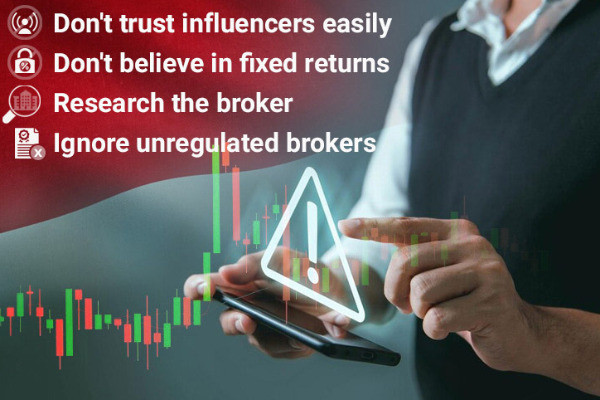
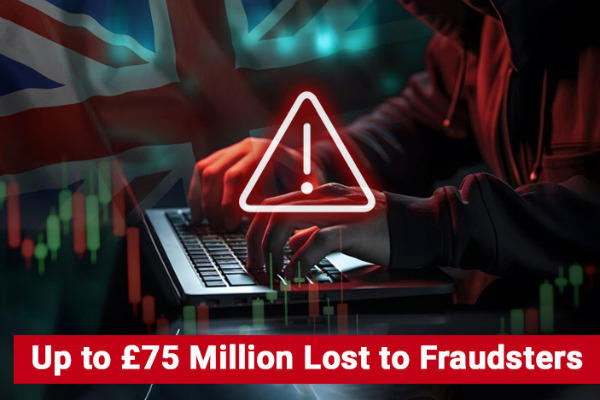
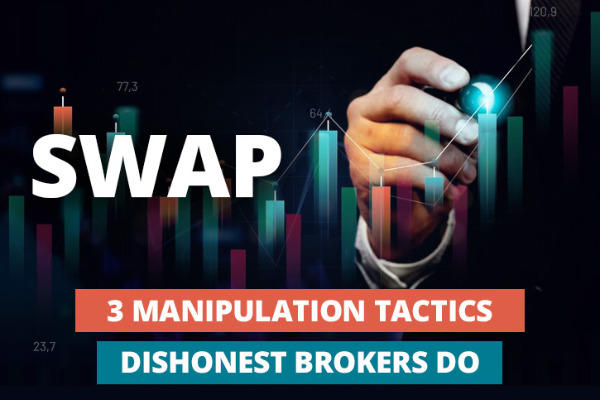
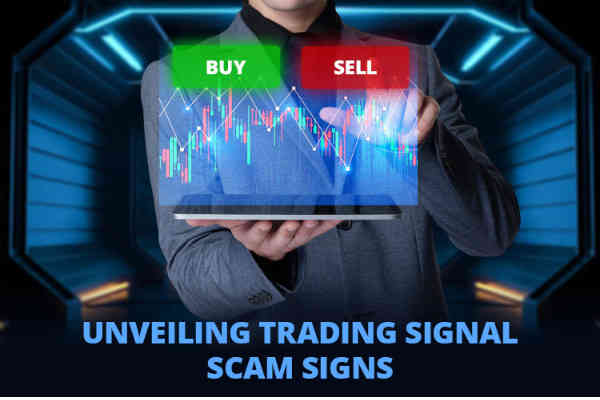
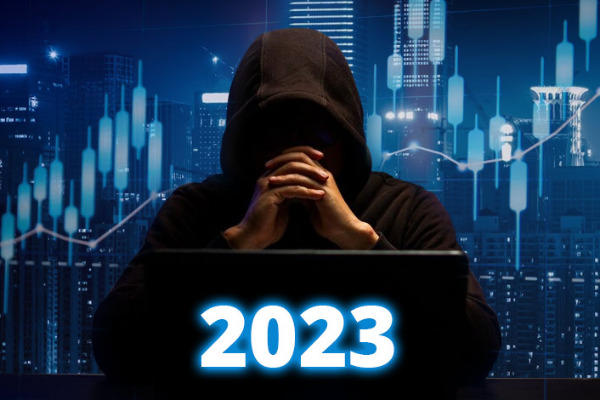
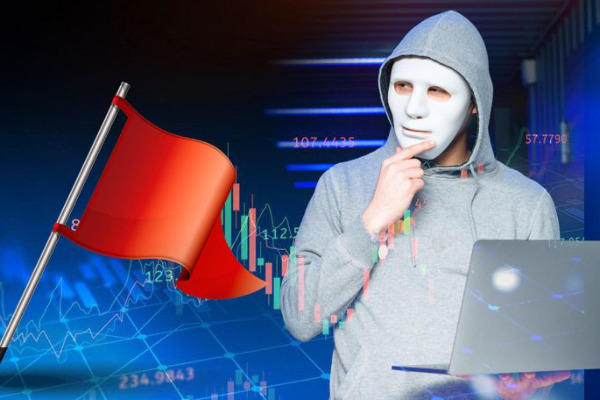
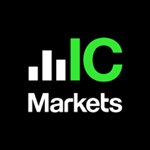
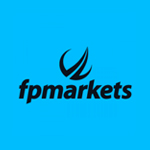


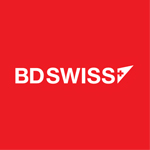

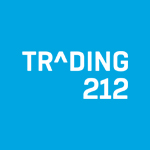

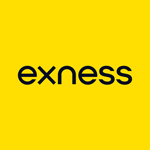
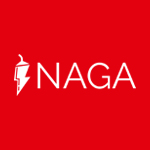



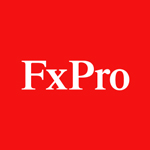
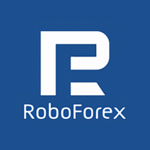







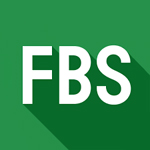
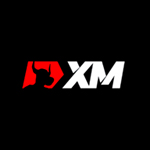

5 Comments
Justin
May 10 2023
How can we determine if a MetaTrader platform is connected to the real financial market and not a fake scam? I came across this article about identifying fake MetaTrader scams, and I'm curious to know what indicators or factors we should look for to ensure that the platform is genuinely linked to the legitimate financial market. But sadly, the article doesn't really showed us the steps to check the platform is connected to the real financial market or not. So, It's crucial to have confidence in the platform's connectivity to make informed trading decisions, so any insights on this topic would be greatly appreciated.
Hendy
Jun 15 2023
@Justin: Hey there! To determine if a MetaTrader platform is connected to the real financial market, follow these steps. First, check the broker's regulatory status and licenses. Look for user reviews and feedback on their reputation. Ensure transparent pricing and execution without hidden fees. Test the platform's connection by using a demo account and comparing market data with actual movements. Consider the broker's history, stability, and achievements. By conducting thorough research, verifying regulatory credentials, analyzing user reviews, and testing the platform's functionality, you can increase confidence in its legitimacy.
Dino
Jun 23 2023
Hey there! How can traders ensure the regulation and authenticity of brokers when it comes to offering MetaTrader platforms? Given that regulated brokers are bound by standards that prohibit the violation of MetaTrader copyright laws, it seems unlikely for them to offer fake MetaTrader platforms to clients. However, the situation may differ for unregulated companies, as they have the freedom to provide platforms of varying reliability, regardless of their regulatory status. So, what steps can traders take to check the regulation of brokers and verify the authenticity of the MetaTrader platform being offered? Are there specific regulatory bodies or licensing authorities they should look for?
George
Jun 27 2023
@Dino: In simple term dude! To ensure the regulation and authenticity of brokers offering MetaTrader platforms, traders should take a few steps. Firstly, check if the broker is regulated by a reputable financial authority such as the FCA, SEC, or ASIC. Verify the broker's licensing information by cross-checking it with the regulatory authority's website. Additionally, research the broker's reputation and read reviews from other traders to get insights into their reliability. Be cautious with unregulated companies, as they may not adhere to the same standards. Choosing regulated brokers ensures they are bound by copyright laws and obligated to provide authentic MetaTrader platforms. By conducting thorough research, checking regulation, and verifying authenticity, traders can find a trustworthy broker and enjoy a secure trading experience on the MetaTrader platform.
Henry
Jun 30 2023
What are the potential risks and dangers associated with scams like the one experienced by Soh and his friends in the trading scenario described? Initially, everything seemed to go smoothly, and profits even doubled. However, the situation took a sudden turn when their accounts went bankrupt due to unauthorized and oversized trading positions.
In retrospect, it was discovered that the software installed by Cheung, the appointed trader, was a counterfeit version of MetaTrader. This fake MetaTrader program installer made it impossible to locate the fxgmr server from any legitimate MT4 program.
Given this situation, I'm interested in understanding the broader potential implications and risks associated with scams like these in the trading industry. What are the common tactics employed by scammers to deceive traders and manipulate their accounts? How can traders protect themselves from falling victim to similar fraudulent schemes?